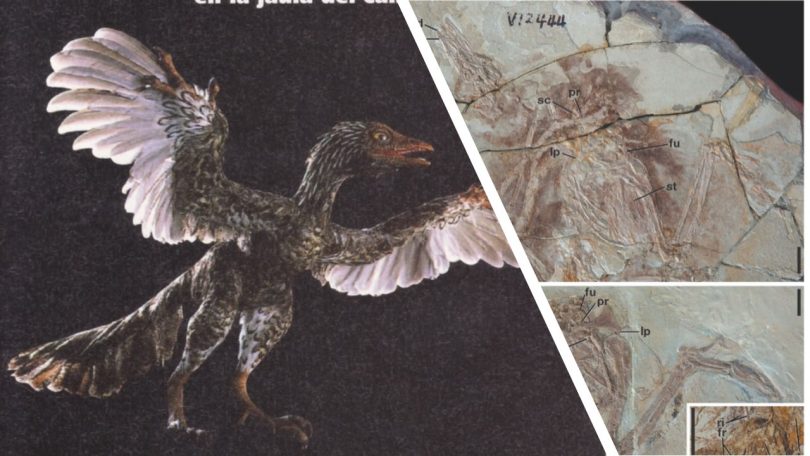

They therefore surmise that a change in the environment may somehow explain the selective advantage of developing a more human type of jaw, possibly paving the way to becoming human. “It's an excellent case of a transitional fossil in a critical time period in human evolution.” 5 Furthermore, Kimbel’s associates report, in a separate paper, that animal fossils found in the same sediment layer as the Ledi jaw suggest the environment in which its owner lived had changed from forest to grassland.

“The Ledi jaw helps narrow the evolutionary gap between Australopithecus and early Homo,” Kimbel claims. 3 “So this new discovery pushes the human line back by 400,000 years or so,” he says, “very close to its likely ancestor.” 4 2 “Previously, the oldest fossil attributed to the genus Homo was an upper jaw from Hadar, Ethiopia, dated to 2.35m years ago,” explains Kimbel, referring to the modern-appearing fossil maxilla known as AL 666-1, which Kimbel himself identified as Homo habilis in 1997.

By evolutionary reckoning, that would make it 400,000 years older than the oldest known Homo fossil (AL 666-1) but 200,000 years younger than Lucy’s youngest East African kin. The Ledi jaw (LD 350-1) has been assigned an age of 2.75 to 2.8 million years. When, evolutionists have wondered, during this million-year gap did humanity’s ape-like ancestors develop whatever it is that makes them human enough to be called Homo? Villmoare says his team is arguing that the Ledi jaw links Lucy to the earliest humans, tracing “the most important transitions in human evolution.” 1 Mind the Gap But until now there has been a big gap between the presumed appearance of Homo at around 2 million years and the latest evolutionary appearance of afarensis at around 3 million years. Homo fossils have also been found in East Africa. That image has created an imaginary place for Australopithecus afarensis in the human lineage. The Lucy ConnectionĪn extinct knuckle-walking ape, “ Lucy” is generally depicted strolling about East Africa 3 million years ago on her two supposedly arched feet with tiny teeth smiling from her gorilla-like face and tiny brain. They were working in the Ledi-Geraru region of Ethiopia’s Afar Triangle, about 12 miles from where the original Lucy- Australopithecus afarensis-was discovered. It was found in 2013 by Chalachew Seyoum, a student working with paleontologists William Kimbel and Brian Villmoare. The fossil, catalogued as LD 350-1, consists of the bottom portion of a left lower jawbone and five teeth. They believe this as-yet-unidentified human species fits somewhere in our evolutionary lineage but much earlier than any other Homo fossil. Paleontologists reporting in Science describe a number of human features that distinguish it from australopithecine apes. Touted as the transitional form they need to span a pesky gap, the Ledi jaw has been classified as a species of Homo, the genus to which we belong. At least that’s what evolutionists are saying. The Ledi jaw puts the human stamp on the evolutionary map much earlier than any other fossil. BBC News: “ ‘First Human’ Discovered in Ethiopia”ĭid God say, “Let us evolve man into our own image.


 0 kommentar(er)
0 kommentar(er)
